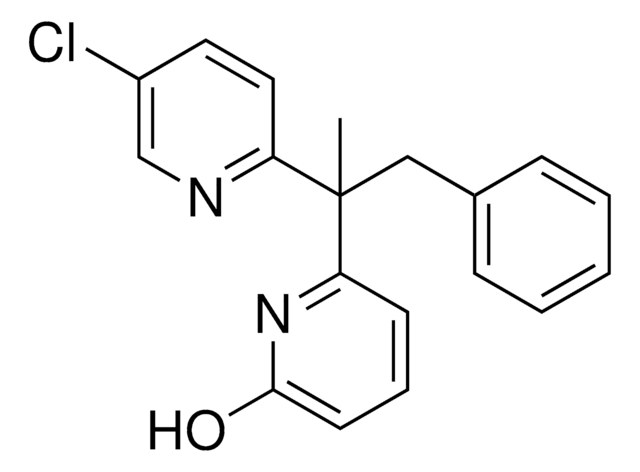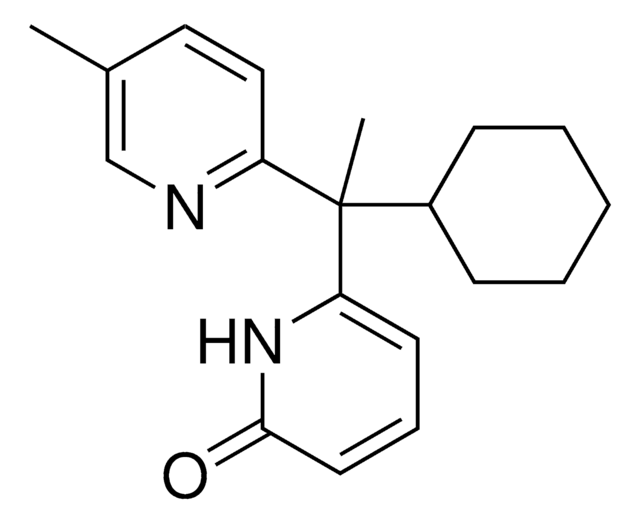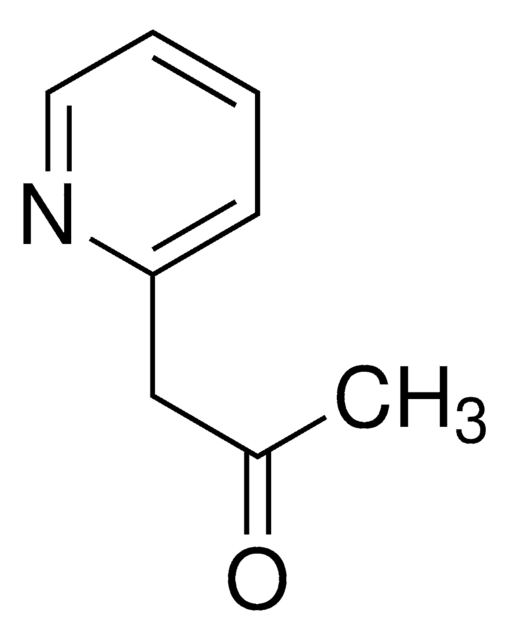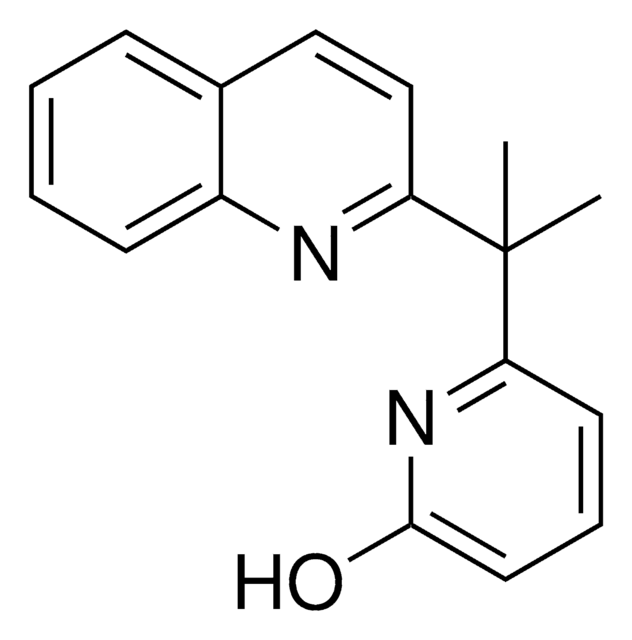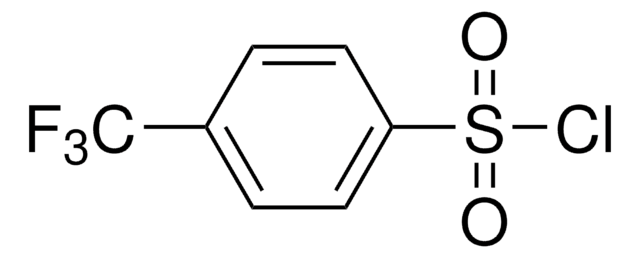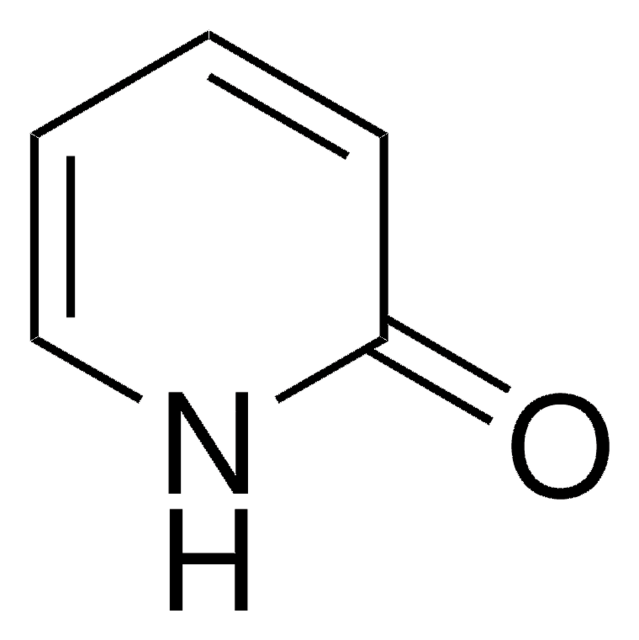ALD00628
6-(Quinolin-2-yl)pyridin-2(1H)-one
≥95%
Iniciar sesiónpara Ver la Fijación de precios por contrato y de la organización
About This Item
Fórmula empírica (notación de Hill):
C14H10N2O
Número de CAS:
Peso molecular:
222.24
MDL number:
UNSPSC Code:
12352100
NACRES:
NA.22
Productos recomendados
Application
This ligand was developed by the Yu lab to enable the Pd-catalyzed dehydrogenation of aliphatic carboxylic acids through a typically challenging activation of the β-methylene C-H bond. This method is chemoselective to carboxylic acids even in the presence of other enolizable functional groups, and may also viably utilize molecular oxygen as the terminal oxidant for the transformation.
Storage Class
11 - Combustible Solids
wgk_germany
WGK 3
flash_point_f
Not applicable
flash_point_c
Not applicable
Certificados de análisis (COA)
Busque Certificados de análisis (COA) introduciendo el número de lote del producto. Los números de lote se encuentran en la etiqueta del producto después de las palabras «Lot» o «Batch»
¿Ya tiene este producto?
Encuentre la documentación para los productos que ha comprado recientemente en la Biblioteca de documentos.
Zhen Wang et al.
Science (New York, N.Y.), 374(6572), 1281-1285 (2021-11-12)
Dehydrogenative transformations of alkyl chains to alkenes through methylene carbon-hydrogen (C–H) activation remain a substantial challenge. We report two classes of pyridine-pyridone ligands that enable divergent dehydrogenation reactions through palladium-catalyzed β-methylene C–H activation of carboxylic acids, leading to the direct
Zhen Li et al.
Science (New York, N.Y.), 372(6549), 1452-1457 (2021-11-30)
Hydroxylation of aryl carbon-hydrogen bonds with transition metal catalysts has proven challenging when oxygen is used as the oxidant. Here, we report a palladium complex bearing a bidentate pyridine/pyridone ligand that efficiently catalyzes this reaction at ring positions adjacent to
Nuestro equipo de científicos tiene experiencia en todas las áreas de investigación: Ciencias de la vida, Ciencia de los materiales, Síntesis química, Cromatografía, Analítica y muchas otras.
Póngase en contacto con el Servicio técnico